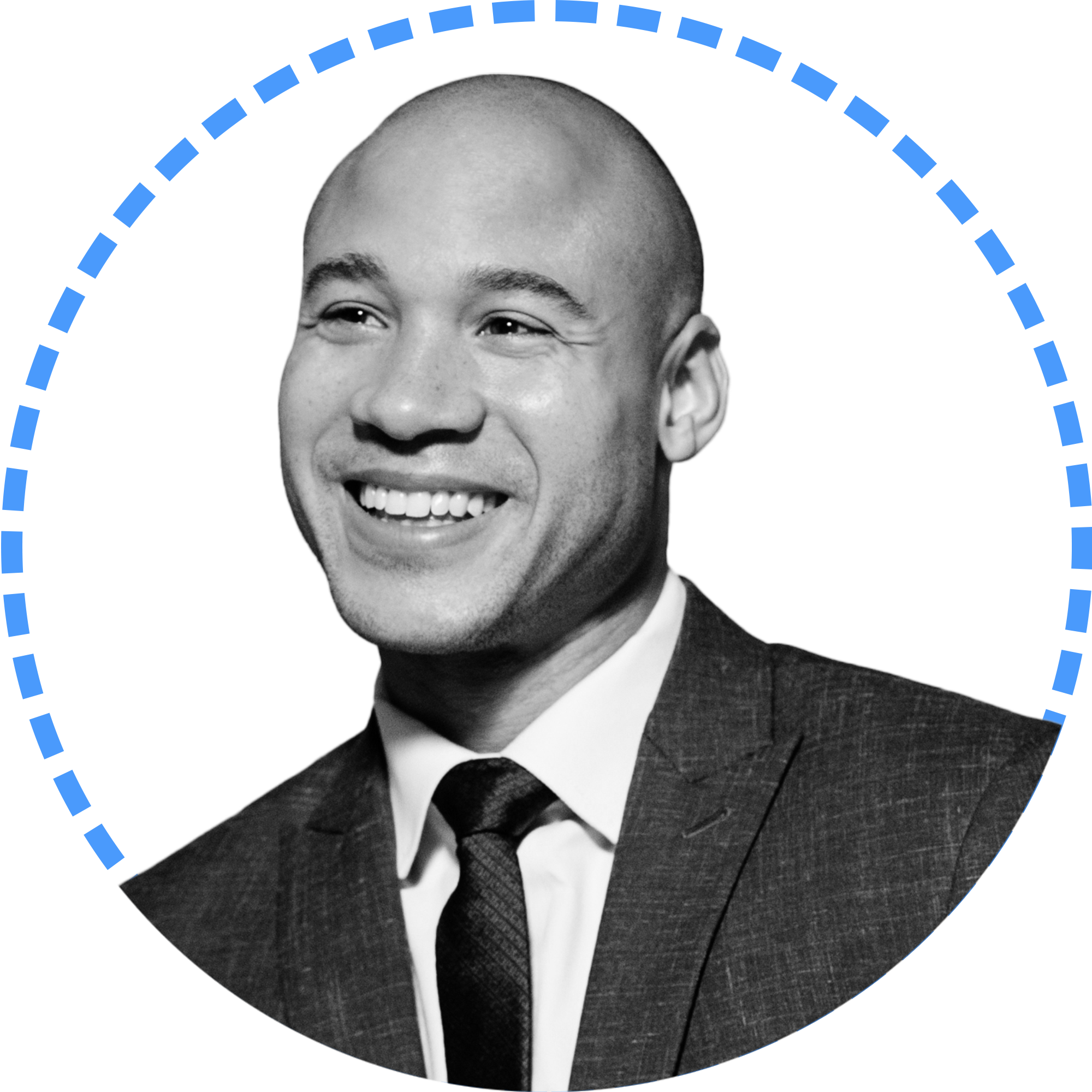"I watch videos on ‘day-in-the-life of whatever’ to try to see what people actually get up to in their jobs. We've been doing the career test since like seventh grade… it doesn't feel like it's grounded in anything."
- Female Young Adult, 19

"I like tech, but I think sometimes that we abuse it. AI is another whole thing with kids and how they should use it ... one of the biggest skills that kids need for the future is the ability to tell a story … it's about critical thinking. Thinking critically … and writing well."
- AVID Specialist (Navigator)

"I'm focusing on my mental health, and I feel scared to tell my parents as of now that I'm still not ready to start my career. Because they could say: ‘Well, it's time, you know, you need to find a job.' I want them to just understand it a little more and put themselves in my shoes and recognize that this is tough or not easy."
- Female Young Adult, 22

"I feel like I’ve had the pressure of 'you need to be someone now'. And I feel like right now, it’s okay to realize that I’m 21 and this is the most crucial time of my life … Sometimes I stray away from talking to people about my future because I'm worried it’s going to be an ongoing discussion."
- Female Young Adult, 21

"Even if I do get my master's, there's so many people who get their degrees, and then don't even end up using that degree at all. And I just really hope that's not my case, because I feel like I've kind of put myself through this for no reason."
- Female Young Adult, 20

